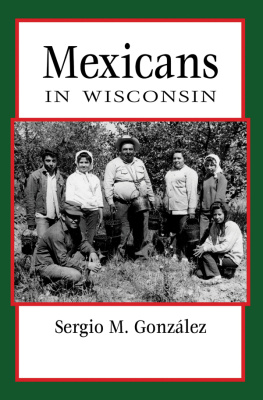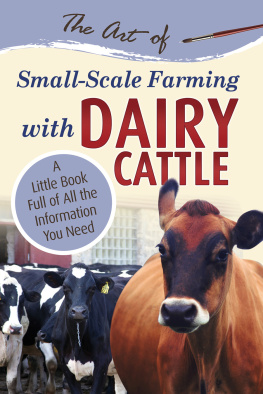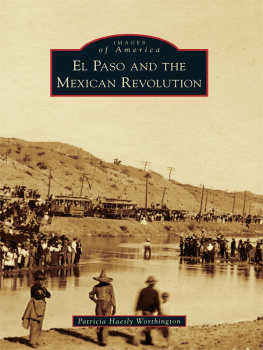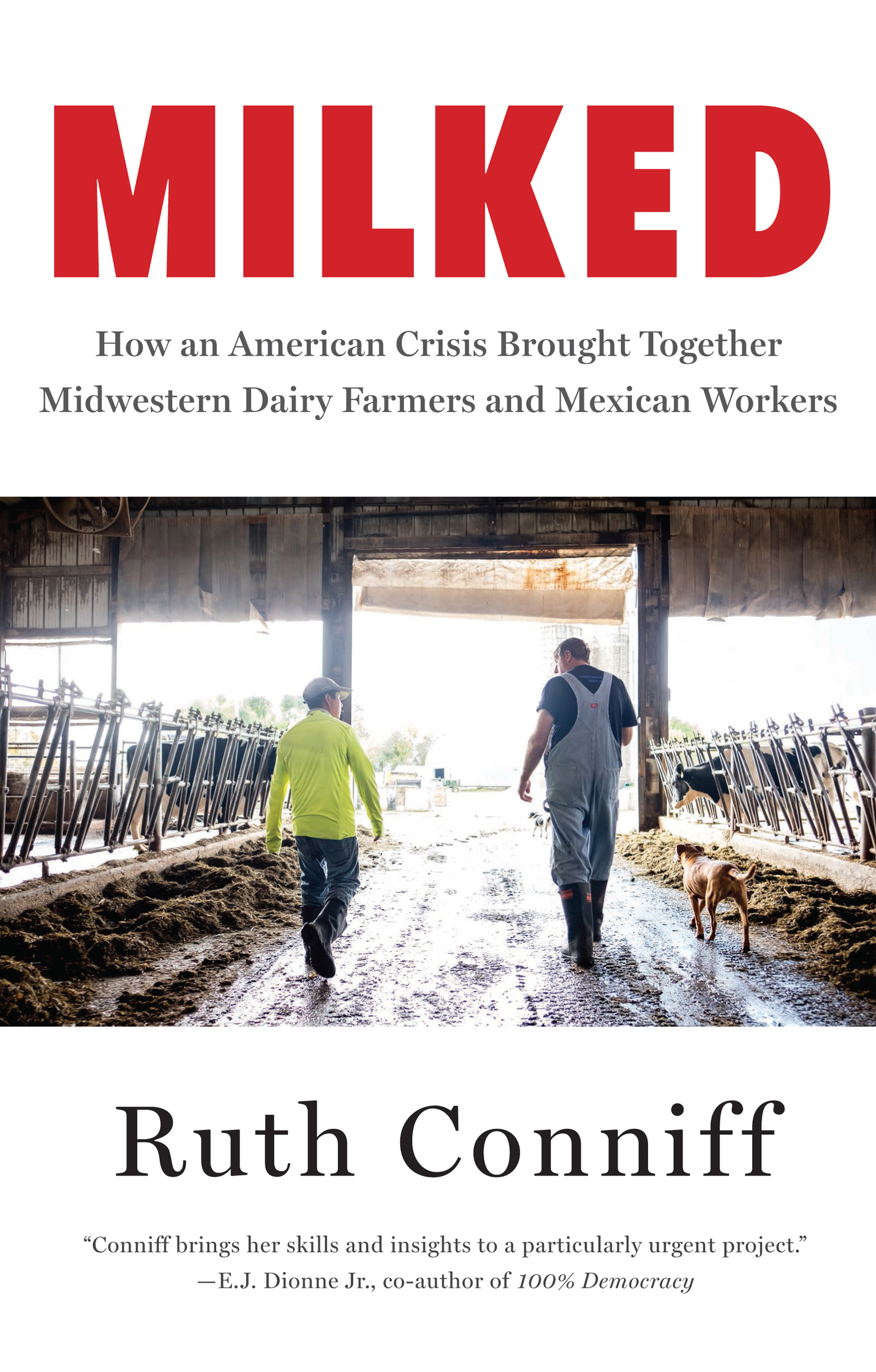Ruth Conniff - Milked: How an American Crisis Brought Together Midwestern Dairy Farmers and Mexican Workers
Here you can read online Ruth Conniff - Milked: How an American Crisis Brought Together Midwestern Dairy Farmers and Mexican Workers full text of the book (entire story) in english for free. Download pdf and epub, get meaning, cover and reviews about this ebook. year: 2022, publisher: The New Press, genre: Detective and thriller. Description of the work, (preface) as well as reviews are available. Best literature library LitArk.com created for fans of good reading and offers a wide selection of genres:
Romance novel
Science fiction
Adventure
Detective
Science
History
Home and family
Prose
Art
Politics
Computer
Non-fiction
Religion
Business
Children
Humor
Choose a favorite category and find really read worthwhile books. Enjoy immersion in the world of imagination, feel the emotions of the characters or learn something new for yourself, make an fascinating discovery.

- Book:Milked: How an American Crisis Brought Together Midwestern Dairy Farmers and Mexican Workers
- Author:
- Publisher:The New Press
- Genre:
- Year:2022
- Rating:5 / 5
- Favourites:Add to favourites
- Your mark:
Milked: How an American Crisis Brought Together Midwestern Dairy Farmers and Mexican Workers: summary, description and annotation
We offer to read an annotation, description, summary or preface (depends on what the author of the book "Milked: How an American Crisis Brought Together Midwestern Dairy Farmers and Mexican Workers" wrote himself). If you haven't found the necessary information about the book — write in the comments, we will try to find it.
A compelling portrayal by the veteran journalist of the lives of farming communities on either side of the U.S.-Mexico border and the surprising connections between them
Conniff brings her skills and insights to a particularly urgent project: moving beyond the polarizing politics of our current era, and taking a deeper look at how people who have been pitted against each other can forge bonds of understanding. E.J. Dionne Jr., co-author of 100% Democracy
Winner of the Studs and Ida Terkel Award
In the Midwest, Mexican workers have become critically important to the survival of rural areas and small townsand to the individual farmers who rely on their workwith undocumented immigrants, mostly from Mexico, accounting for an estimated 80 percent of employees on the dairy farms of western Wisconsin.
In Milked, former editor-in-chief of The Progressive Ruth Conniff introduces us to the migrants who worked on these dairy farms, their employers, among them white voters who helped elect Donald Trump to office in 2016, and the surprising friendships that have formed between these two groups of people. These stories offer a rich and fascinating account of how two crisesthe record-breaking rate of farm bankruptcies in the Upper Midwest, and the contentious politics around immigrationare changing the landscape of rural America.
A unique and fascinating exploration of rural farming communities, Milked sheds light on seismic shifts in policy on both sides of the border over recent decades, connecting issues of labor, immigration, race, food, economics, and U.S.-Mexico relations and revealing how two seemingly disparate groups of people have come to rely on each other, how they are subject to the same global economic forces, and how, ultimately, the bridges of understanding that they have built can lead us toward a more constructive politics and a better world.
Ruth Conniff: author's other books
Who wrote Milked: How an American Crisis Brought Together Midwestern Dairy Farmers and Mexican Workers? Find out the surname, the name of the author of the book and a list of all author's works by series.






